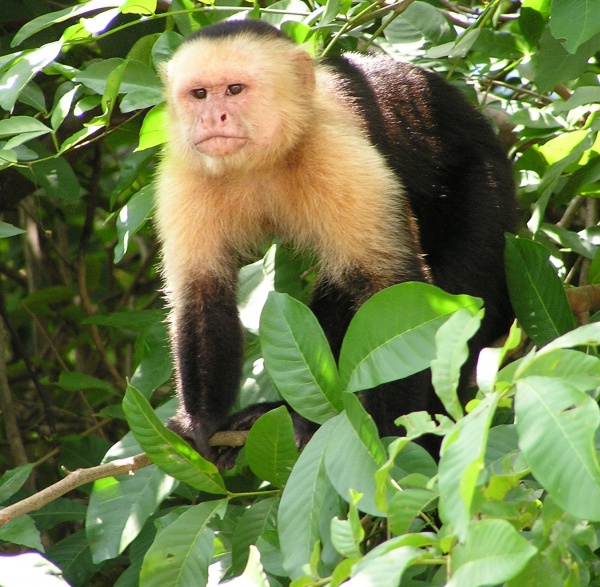Facts About White-headed capuchin
The white-faced capuchin, also known as the white-headed capuchin, comprises two species of monkeys: the Panamanian white-faced capuchin (Cebus imitator) and the Colombian white-faced capuchin (Cebus capucinus).
The Panamanian white-faced capuchin, Cebus imitator, inhabits Central America, specifically in countries such as Honduras, Nicaragua, Costa Rica, and Panama. Conversely, Cebus capucinus, the Colombian white-faced capuchin, is primarily found in South America, predominantly in western Colombia and northwestern Ecuador, extending slightly into the easternmost region of Panama.
There are two subspecies of the Colombian white-faced capuchin: C. c. capucinus and C. c. curtus, with the latter being exclusive to Gorgona Island. Both species bear a similar appearance, characterized by black bodies, tails, and limbs, along with white faces, throats, chests, and shoulders. Notably, female C. imitator monkeys possess distinctive brownish or grayish elongated frontal tufts, which are absent in C. capucinus.
Initially, scientists believed that C. imitator was merely a subspecies of C. capucinus. However, genetic studies conducted in the 2010s revealed that these two species diverged approximately 2 million years ago. Despite this finding, the Colombian white-headed capuchin retained its original scientific designation, C. capucinus. Interestingly, most research conducted under the name C. capucinus has actually focused on the Central American species, C. imitator. To date, there have been no field studies conducted on the South American species.

 Panama
Panama